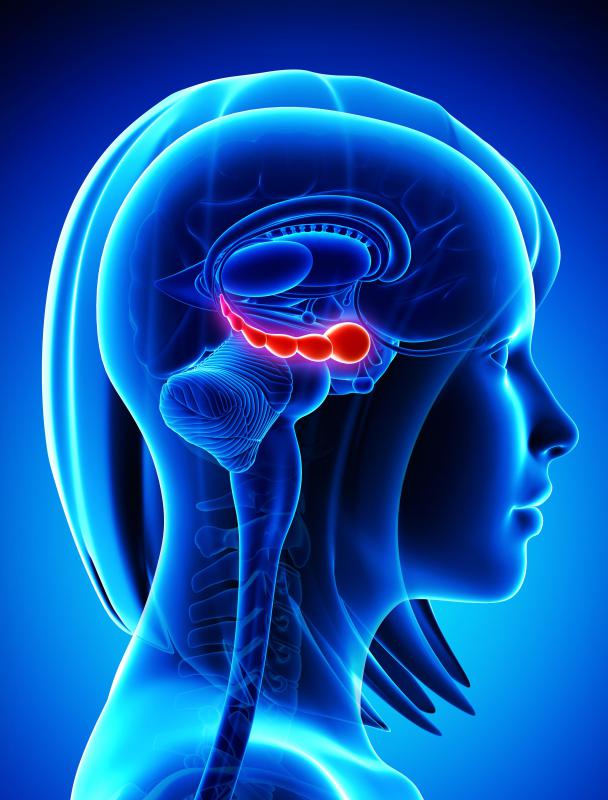Adrenaline
Alternative names for adrenaline
Adrenaline Gts 21


SNOW - SNOWMOBILES. Central Oregon is known as one of the best places in the Northwest for snowmobiling. It's the perfect break from a day out on the slopes and is an exciting way to explore areas of the National Forest that most will never get a chance to see. Indications and Usage for Adrenalin Injection Anaphylaxis. Emergency treatment of allergic reactions (Type I), including anaphylaxis, which may result from insect stings or bites, foods, drugs, sera, diagnostic testing substances and other allergens, as well as idiopathic anaphylaxis or exercise-induced anaphylaxis. Adrenaline, also known as epinephrine, is a hormone and medication. Adrenaline is normally produced both by the adrenal glands and by a small number of neurons in the medulla oblongata, where it acts as a neurotransmitter involved in regulating visceral functions (e.g., respiration).
Epinephrine
What is adrenaline?
Adrenaline Dance Convention
Image of an eye showing a dilated or enlarged pupil - one of the effects of adrenaline released during a 'fight or flight' response.
Adrenaline and noradrenline are two separate but related hormones and neurotransmitters. They are produced in the centre (medulla) of the adrenal glands and in some neurons of the central nervous system. They are released into the bloodstream and serve as chemical mediators, and also convey the nerve impulses to various organs. Adrenaline has many different actions depending on the type of cells it is acting upon. However, the overall effect of adrenaline is to prepare the body for the ‘fight or flight’ response in times of stress, i.e. for vigorous and/or sudden action. Key actions of adrenaline include increasing the heart rate, increasing blood pressure, expanding the air passages of the lungs, enlarging the pupil in the eye (see photo), redistributing blood to the muscles and altering the body’s metabolism, so as to maximise blood glucose levels (primarily for the brain). A closely related hormone, noradrenaline, is released mainly from the nerve endings of the sympathetic nervous system (as well as in relatively small amounts from the adrenal medulla). There is a continuous low level of activity of the sympathetic nervous system resulting in release of noradrenaline into the circulation, but adrenaline release is only increased at times of acute stress.
How is adrenaline controlled?
Adrenaline is released mainly through the activation of nerves connected to the adrenal glands, which trigger the secretion of adrenaline and thus increase the levels of adrenaline in the blood. This process happens relatively quickly, within 2 to 3 minutes of the stressful event being encountered. When the stressful situation ends, the nerve impulses to the adrenal glands are lowered, meaning that the adrenal glands stop producing adrenaline.
Adrenaline Definition
Stress also stimulates the release of adrenocorticotropic hormone from the pituitary gland, which promotes the production of the steroid hormone cortisol from the cortex of the adrenal glands. This steroid hormone is more important in altering the body’s metabolism (i.e. raising plasma glucose) under conditions of longer-term, ongoing (chronic), rather than acute, stress.
What happens if I have too much adrenaline?

Overproduction of adrenaline is very common. Most people are exposed to stressful situations on occasion and so most of us are familiar with the typical symptoms of adrenaline release, such as: rapid heartbeat, high blood pressure, anxiety, weight loss, excessive sweating and palpitations. However, this is a normal response of the body which is intended to help us respond to a stressful situation; once the acute stress is over, the symptoms quickly disappear as adrenaline hyper-secretion stops. Some people with obesity and untreated obstructive sleep apnea may be exposed to high levels of noradrenaline/adrenaline each night as they struggle to breathe; this might play a role in the development of high blood pressure in such people.
Very rarely, overproduction of adrenaline/noradrenaline may be caused by an adrenal tumour called pheochromocytoma or a paraganglioma (if it is located outside the adrenal but along the nerves of sympathetic nervous system that run through the chest and abdomen). Such tumours may run in families as well. The symptoms can include the typical symptoms of adrenaline excess on an intermittent basis but, in some cases, the symptoms can be quite mild so as to be barely noticeable.
What happens if I have too little adrenaline?
Suffering from too little adrenaline is very unusual, even if you have lost both adrenal glands through disease or surgery. Since 90% of the body’s noradrenaline comes from the nervous system, the loss of 10% via the adrenal glands is not really significant. 'Adrenaline deficiency' therefore does not really show up as a medical disorder except perhaps in exceedingly rare and unusual genetic catecholamine enzyme deficiencies.
Adrenaline
Last reviewed: Jan 2018
